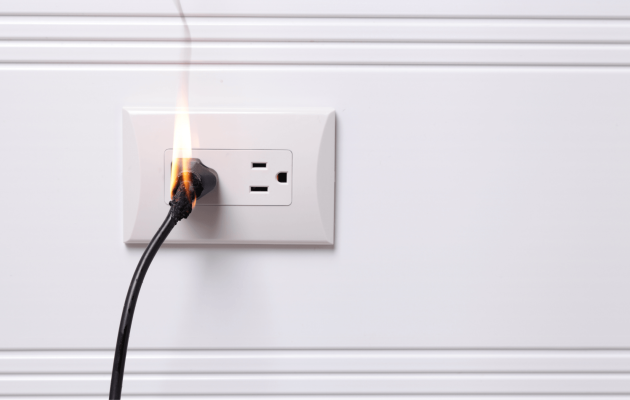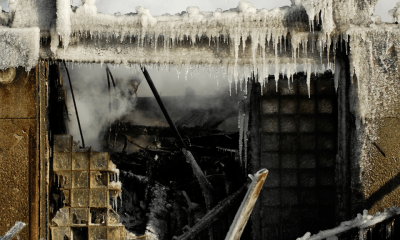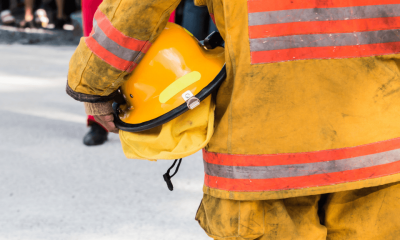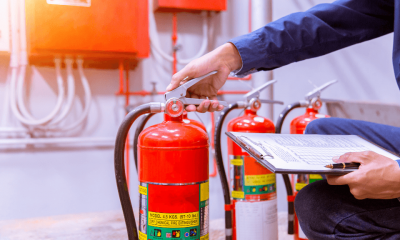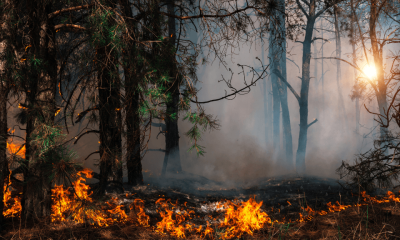How to Prevent a Fire in Your Home or Business
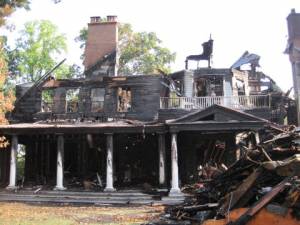 Among important fire safety precautions such as testing your smoke alarms and installing sprinklers in your home or business, here are five tips to keep you, your family, and colleagues safe from a fire:
Among important fire safety precautions such as testing your smoke alarms and installing sprinklers in your home or business, here are five tips to keep you, your family, and colleagues safe from a fire:
Be alert when cooking
Unattended cooking practices are the most prevalent cause of fires in homes according to the National Fire Protection Association (NFPA). When cooking, be sure to practice fire safety measures and never leave the stove top unattended; it only takes a short amount of time for a grease spill to get out of control. Additionally, be cognizant to place flammable materials such as cloth potholders, or towels away from stove burners. Keep a fire extinguisher close by and know how to use it in the event of an emergency.
Understand best practices when using candles and heating equipment
Candles and heating equipment such as furnaces, and space heaters also make up a large portion of property fires. Candles should be blown out when not in use and be at least 12 inches away from flammable materials. Keep space heaters at least 3 feet away from anything flammable like a rug or cloth furniture and always turn off a portable heater when you leave the room or at the end of the day.
Keep flammable objects in a safe place
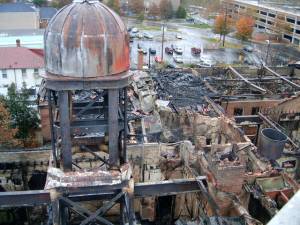 Paint, gasoline, thinners, and other liquid items that are flammable should be stored in a safe location outside the premise where people are typically living or working. These items should be stored in a detached structure such as a garage or shed if they are going to be reused in the immediate future. If these flammable materials are not going to be put to use then they should not be help onto and should be disposed of correctly and carefully.
Paint, gasoline, thinners, and other liquid items that are flammable should be stored in a safe location outside the premise where people are typically living or working. These items should be stored in a detached structure such as a garage or shed if they are going to be reused in the immediate future. If these flammable materials are not going to be put to use then they should not be help onto and should be disposed of correctly and carefully.
Practice electrical safety
Extension cords should never be a permanent fix for hooking up appliances and avoid plugging too many items into power cords or attaching extension cords together. This is an electrocution risk as well as a fire risk. The U.S. Consumer Product Safety Commission (CPSC) has a home electrical hazards checklist PDF here.
Have and practice an escape plan
You may only have one or two minutes to escape a fire once an alarm sounds leaving little time for error or confusion. Designate two ways out of every room and have a safe place far enough away from your home or business to meet up. For a helpful PDF on how to make a fire escape plan, visit the NFPA’s website.
For further reading on fire and fire insurance claims, visit:

